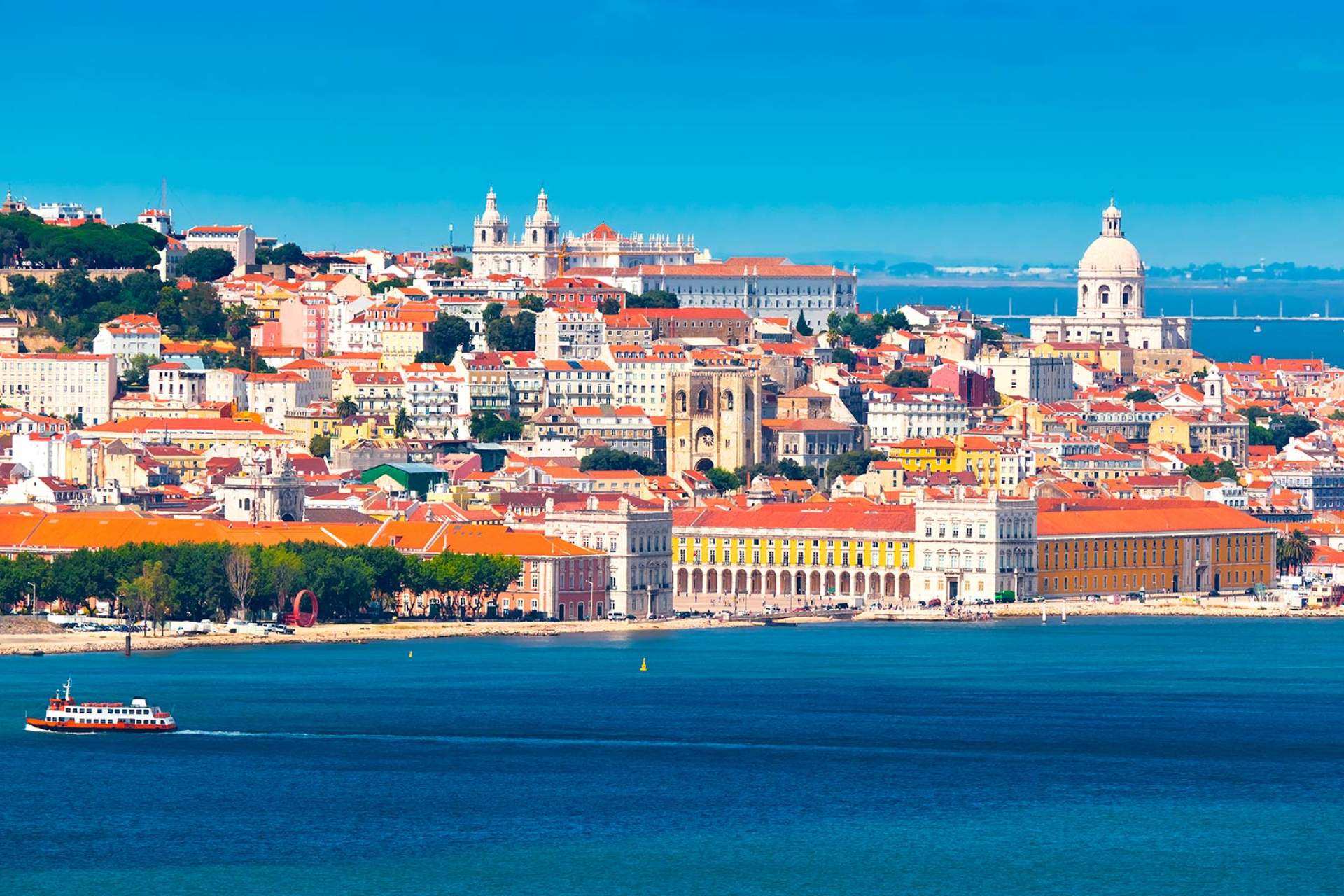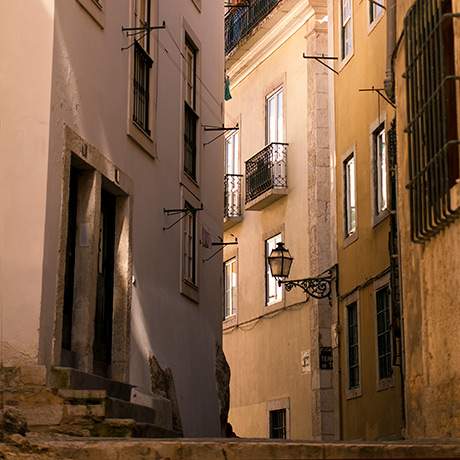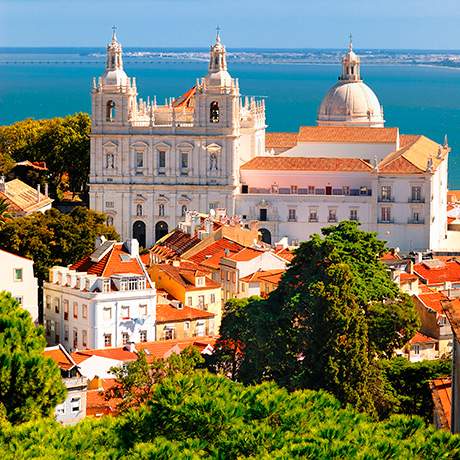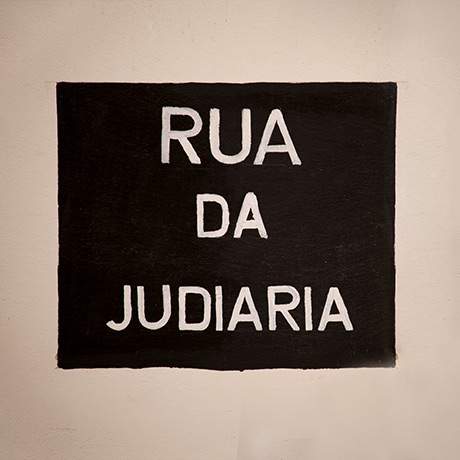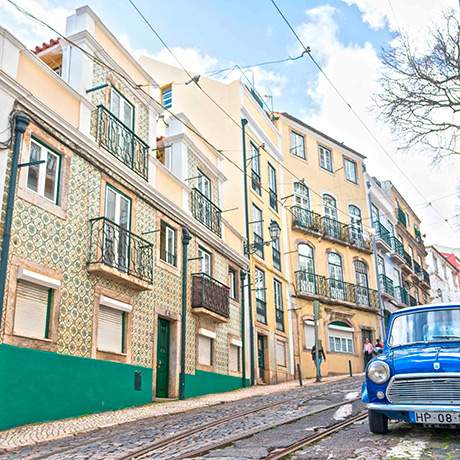
Lisbon
Lisbon is a city of Phoenician foundation, prior to the 8th century BC. It is very likely that the Jewish presence in Lisbon is earlier than the arrival of the Roman troops, having maintained its presence during the Latin domination, because of the city’s commercial and mercantile importance.
During the Middle Ages, on conquering Lisbon in 1147 by D. Afonso Henriques, first King of Portugal, the community was sufficiently large and prosperous for the King to have taken an unusual measure that would be a political milestone over the following centuries: protected Jews, after the conquest, at the time of the looting, and when he gave the Charter (document that organised the city in terms of administration) to the city in 1170.
The market town of Lisbon flourished with three Jewish quarters, which would correspond to five synagogues in 1496, and there is evidence that one of them expressing a degree of monumentality - the inauguration stone lies in the Synagogue of Tomar.
The Jewish quarters were located inside the Fernandina wall, close to Nova Street, business centre and maritime trade. They were called large Jewish quarter and Jewish quarter of Alfama, the latter two located in front of the port and shipyards.
In Alfama district, you will see the Judiaria Street, where the Jewish quarters of Alfama were located, founded in mid-14th century almost alongside the walls of the primitive Moorish wall. The old synagogue built in 1373-1374 was located in front of Judiaria Street and S. Rafael Square, no 8 of Beco das Barrelas.
The Large or Old Jewish quarter extended across the parishes of St. Mary Magdalene, St. Julian and St. Nicholas and dates back at least to the reign of D. Afonso III (1210-1279).
In 1317-1319, King D. Dinis established the Small or Taracenas Jewish quarter near the ancient St. Julian Church, where the Money Museum stands today.
The Jewish community grew and faced the intolerance that swept through Europe at the end of the 14th century. In 1383, part of the Christian population attacked the largest Jewish quarters and was stopped by the Master of Avis, future King D. João I.
Throughout the 15th century, the community had a great cultural development. It developed a school of copyists and of Hebrew illumination with its own characteristics, and in the 80's it had one of the first printing houses in Portugal. Some of the most important names in Jewish culture of that time lived in the city, such as Isaac Abravanel (1437-1508), philosopher and theologian.
The Jewish population, both residents across generations and those who fled Castile during the 15th century, contributed to the Kingdom's and to the city's growth. However, the expulsion and the forced conversion of 1497 led to a climate of fear and persecution, its highlight was the massacre that took place in Lisbon on 19 April 1506, today remembered at the Memorial to the Victims of 1506 Massacre.
With the installation of the headquarters of the Inquisition in 1536 in the city, Lisbon's wealth, economic dynamism and cultural life gradually deteriorated. Lisbon only had a Jewish community once again in the second half of the 19th century, which still exists today, but not with the same vitality as the previous one. The main synagogue, Shaaré Tikvah, Doors of Hope, was built in 1904. There is a second synagogue, Ohel Jacob, of progressive liberal Asquenazite tradition.
Today, if you are a researcher on Sephardic studies, you may make use of the documents stored in various institutions of Lisbon, such as the National Archives / Torre do Tombo and the National Library of Portugal, among others.
Close
Search results for:
No results were found matching your search.
Information available soon.


